Psych- Disciplines, Correlation vs. Causation (Lecture)
0.0(0)
0.0(0)
Card Sorting
1/18
Earn XP
Description and Tags
Study Analytics
Name | Mastery | Learn | Test | Matching | Spaced |
|---|
No study sessions yet.
19 Terms
1
New cards
Psychoanalysis
Freud's theory of personality that attributes thoughts and actions to unconscious motives and conflicts; the techniques used in treating psychological disorders by seeking to expose and interpret unconscious tensions
-unfalsifiable
-pseudoscience
-anecdotal evidence (free association)
-unfalsifiable
-pseudoscience
-anecdotal evidence (free association)
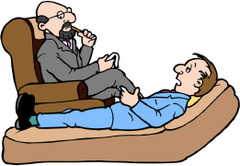
2
New cards
Falsifiability
a feature of a scientific theory, in which it is possible to collect data that will prove the theory wrong
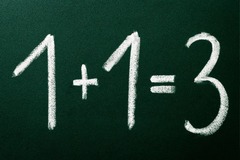
3
New cards
Behaviorism
Study only observable behaviors
-We can't understand internal mental states
-Behaviors are 100% malleable (No free will)
People can be trained to do anything
-Humans are blank slates at birth
-We can't understand internal mental states
-Behaviors are 100% malleable (No free will)
People can be trained to do anything
-Humans are blank slates at birth
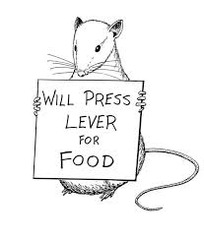
4
New cards
innateness
born with templates or rough drafts
-does not mean we are born with fear of snakes, just predisposed to it
-does not mean we are born with fear of snakes, just predisposed to it
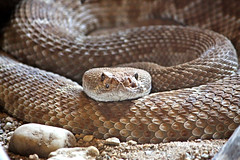
5
New cards
Biological Perspective
evolution, instincts are adaptive
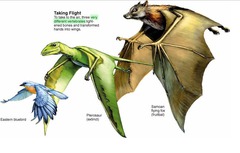
6
New cards
Drunken Monkey Hypothesis
Evolution from fruit-eating monkeys causes an evolutionary advantage to drinking alcohol (developed ADH4 enzyme)
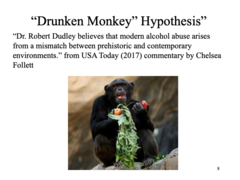
7
New cards
Trait vs. State
Trait- personality characteristics that are stable, long-lasting, and within oneself. Traits are generally present consistently, and do not depend on the situation.
State- personality characteristics that are unstable, short-term and subject to change according to the environment
State- personality characteristics that are unstable, short-term and subject to change according to the environment
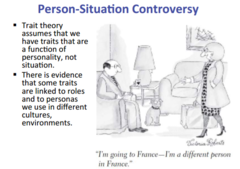
8
New cards
sociocultural perspective
norms

9
New cards
cognitive perspective
how we encode, process, store, and retrieve information
beliefs
beliefs

10
New cards
Schema
a concept or framework that organizes and interprets information
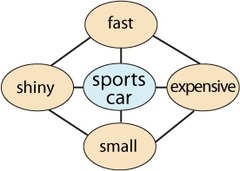
11
New cards
descriptive research
understand one variable at a time (ex. marriage rate)
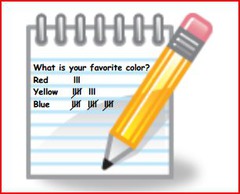
12
New cards
analytic research
used in psych
association between multiple variables
what affects divorce rate?
association between multiple variables
what affects divorce rate?
13
New cards
predictor variable
x-axis
14
New cards
outcome
y-axis
15
New cards
spurious correlation
an apparent but false relationship between two (or more) variables that is caused by chance
16
New cards
(robust) correlation
real relationship
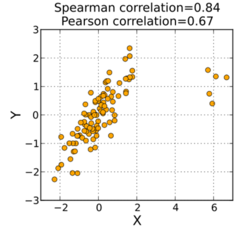
17
New cards
reverse casuality
a situation in which the researcher believes that A results in a change in B, but B, in fact, is causing A
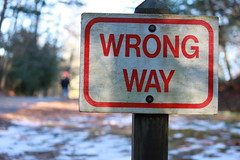
18
New cards
bidirectional causality
both variables cause each other
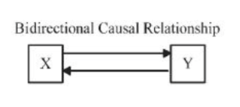
19
New cards
3rd variable causation
another factor is influencing both variables, resulting in the relationship we see